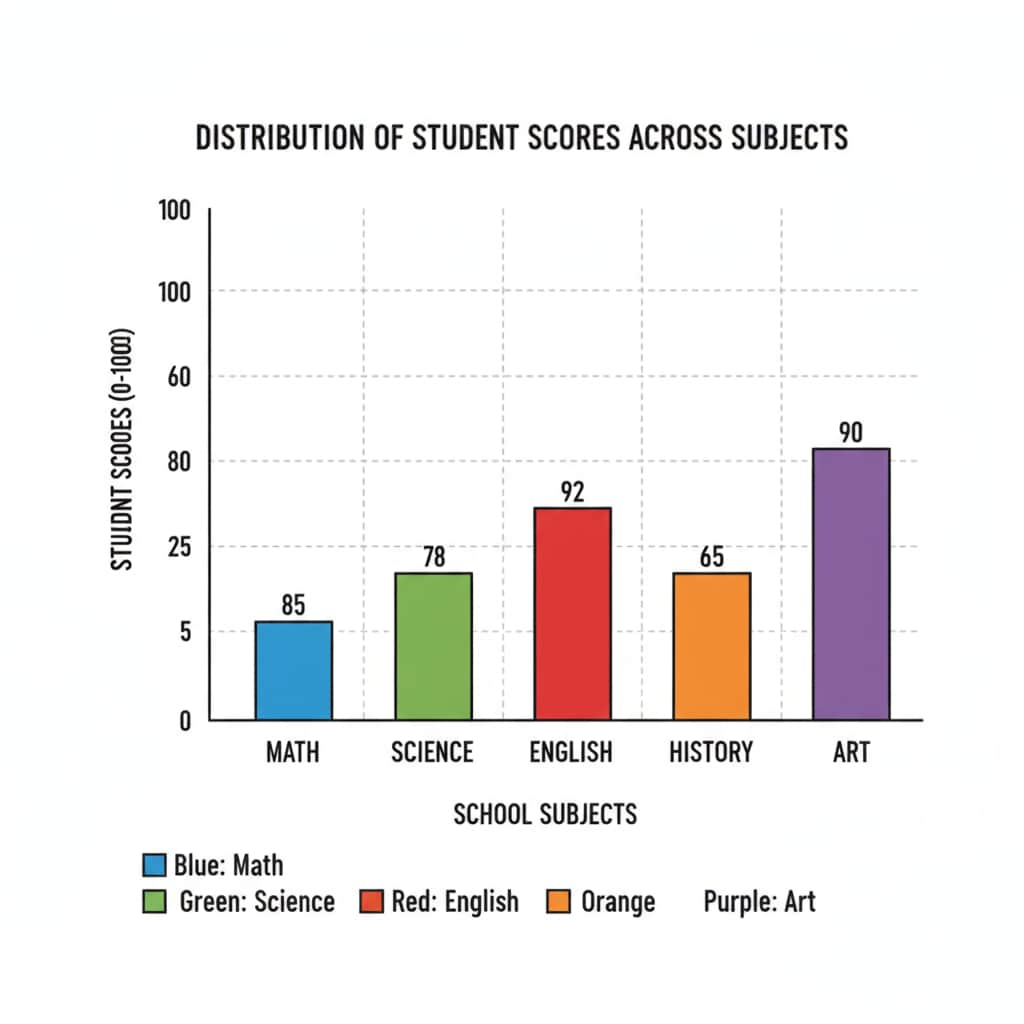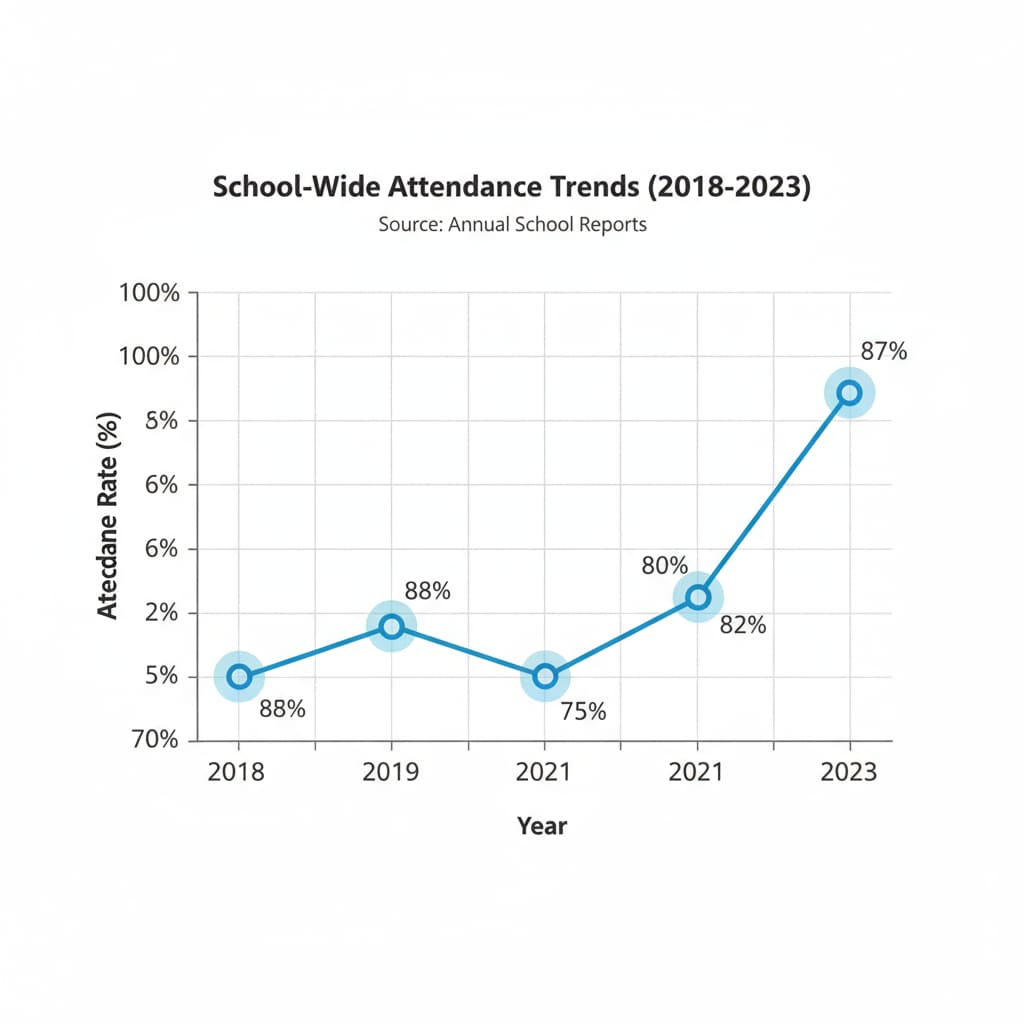School Statistics, PISA, and Educational Assessment play crucial roles in understanding the state of education. In the realm of K12 education, these elements provide valuable insights into student performance, teaching effectiveness, and overall educational quality.

As we delve deeper, we will uncover the significance of various statistical data and assessment metrics.
The Significance of School Statistics
School statistics offer a wealth of information. They can include data on student enrollment, attendance rates, and graduation rates. For example, enrollment statistics can help schools plan for future resources. High attendance rates are often an indicator of a positive learning environment. These statistics are fundamental in evaluating the basic operational aspects of a school. National Center for Education Statistics on official website

PISA: A Global Benchmark
PISA, or the Programme for International Student Assessment, is an internationally recognized assessment. It measures the skills and knowledge of 15-year-old students across different countries. PISA assesses students in reading, mathematics, and science. This assessment provides a global perspective on educational quality. It allows countries to compare their education systems and identify areas for improvement. PISA official website by OECD
However, PISA also has its limitations. The assessment may not fully capture the unique educational contexts of every country. Additionally, the results can be influenced by various factors such as cultural differences and teaching methods.
Domestic education quality monitoring is also essential. It focuses on the specific needs and standards of a country’s education system. This monitoring can provide detailed information about local educational performance, helping to formulate targeted policies.
Readability guidance: As we can see, school statistics, PISA, and educational assessment all have their own characteristics. They complement each other in providing a comprehensive understanding of education. By analyzing these elements, educators, policymakers, and parents can make more informed decisions to enhance educational quality.


